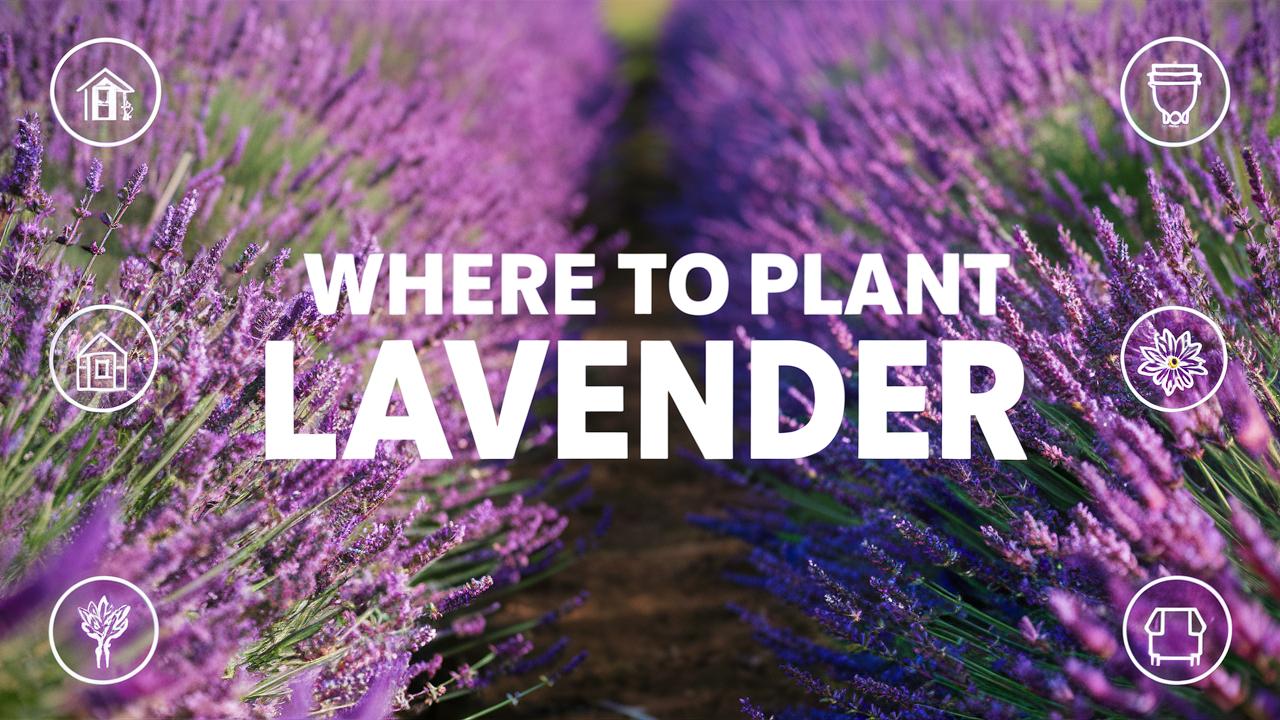In this extensive guide, we’ll explore the best locations for lavender, the environmental conditions it thrives in, and practical tips to create the perfect habitat for these stunning plants.
The Key Considerations for Planting Lavender
Sunlight Requirements
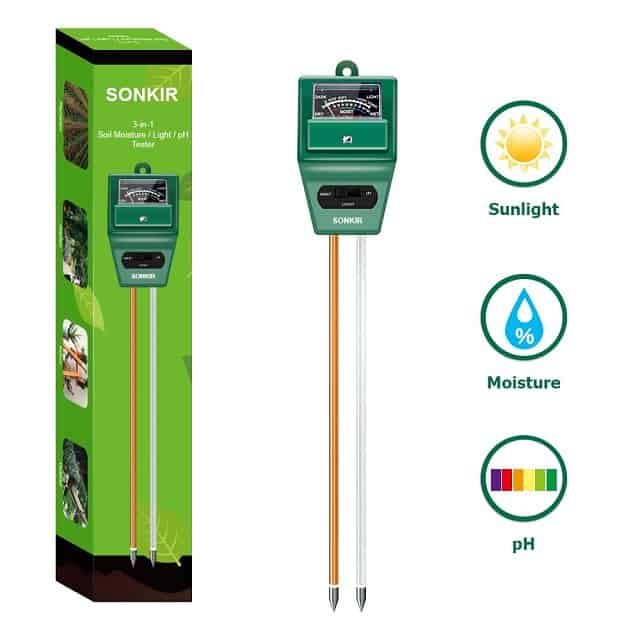
One of the most crucial factors in determining where to plant lavender is sunlight. Lavender thrives in full sun environments and requires at least 6 to 8 hours of direct sunlight per day. When selecting a location for your lavender, look for a spot that receives abundant sunlight throughout the day.
For those in cooler climates, maximizing sunlight exposure is even more important. A south-facing slope or garden bed can help keep the soil warm and promote healthy growth. Conversely, if lavender is planted in a shaded area, it may become leggy and produce fewer flowers.
Soil Quality and Drainage

Lavender prefers sandy or gravelly soil with excellent drainage. The roots are susceptible to rot, especially in humid or wet conditions. Therefore, avoid planting lavender in heavy, clay-like soils that retain moisture.
Before planting, consider conducting a soil test to determine pH levels and overall soil health. Lavender prefers a slightly alkaline pH, ideally between 6.5 and 7.5. To improve drainage, you can amend the soil with sand, perlite, or horticultural gravel. Raised beds are another excellent option for achieving the drainage that lavender loves.
Climate Considerations
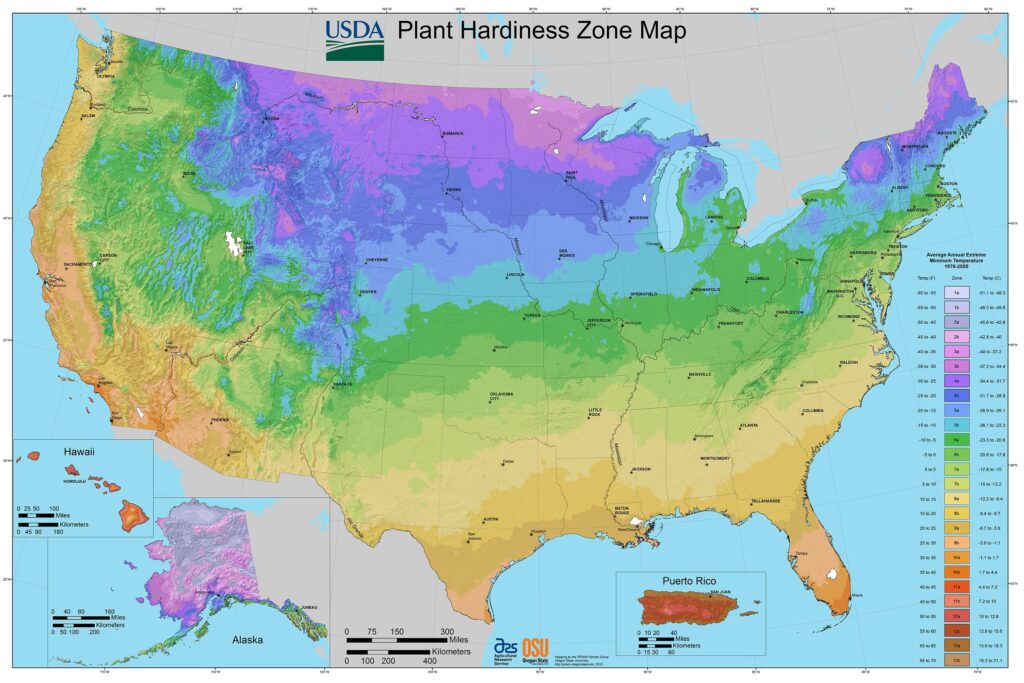
Your regional climate significantly influences where to plant lavender. While certain varieties can tolerate a range of growing conditions, understanding your local climate will guide your planting decisions. For instance, English lavender is more cold-hardy and can survive in USDA hardiness zones 5 to 9. In contrast, French and Spanish lavender prefer warmer climates and are best suited for zones 7 to 10.
If you live in a region with harsh winters, consider planting lavender in a sheltered area, such as near a south-facing wall. This will provide additional warmth and protection during colder months.
Best Locations to Plant Lavender
In the Flower Garden
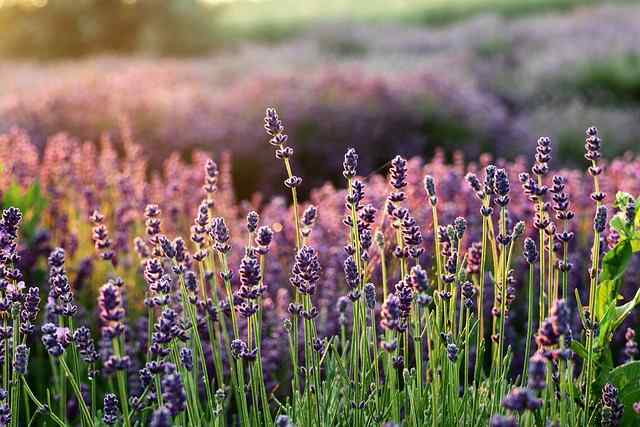
One of the most common and aesthetically pleasing places to plant lavender is within your flower garden. The vibrant purple spikes of lavender flowers can create a striking contrast against other flowering plants. When integrating lavender into your flower garden, consider placing it in the front or middle of mixed borders, allowing its fragrance to delight those who stroll by.
Pair lavender with other drought-resistant plants like salvia, echinacea, and ornamental grasses that share similar care requirements. This will not only enhance the visual appeal but also create a harmonious environment for all plants involved.
As a Low Hedge or Edging Plant
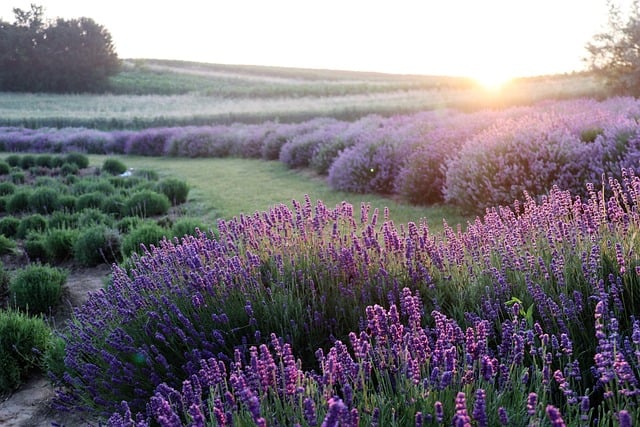
Lavender can be expertly utilized as a low hedge or edging plant, defining pathways or garden borders while offering a wonderful aroma. When planting lavender in a hedge, opt for a spacing of around 12 to 18 inches between plants to ensure each one has adequate airflow and sunshine.
Selecting the right variety is also essential—consider using English lavender varieties that grow taller for a more formal hedge or smaller varieties for a cuter, lower edge. Planting a lavender hedge not only serves a decorative purpose but can also act as a natural wildlife barrier, attracting bees and butterflies to your garden.
In Containers and Raised Beds
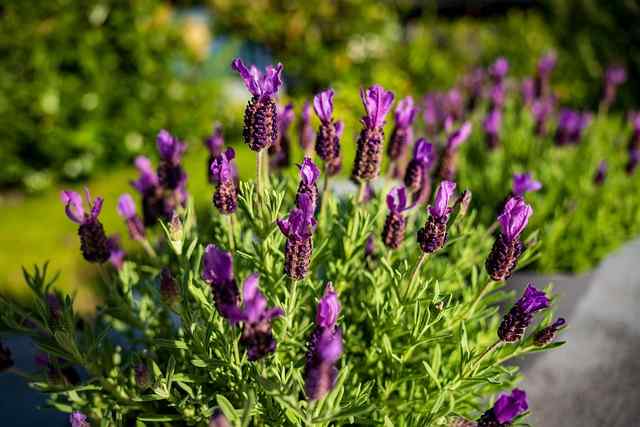
Container gardening is an excellent option for those with limited space or who are unsure about their soil conditions. Lavenders thrive in containers as long as they are well-drained. You can choose decorative pots or simple wooden containers to enhance your outdoor living space while enjoying the benefits of lavender close to your home.
If you opt for raised garden beds, ensure that they are filled with quality, well-draining soil and provide plenty of sunlight. Containers also allow you to place lavender in specific areas of your garden—like patios or balconies—where you can easily enjoy their fragrance.
In Rock Gardens
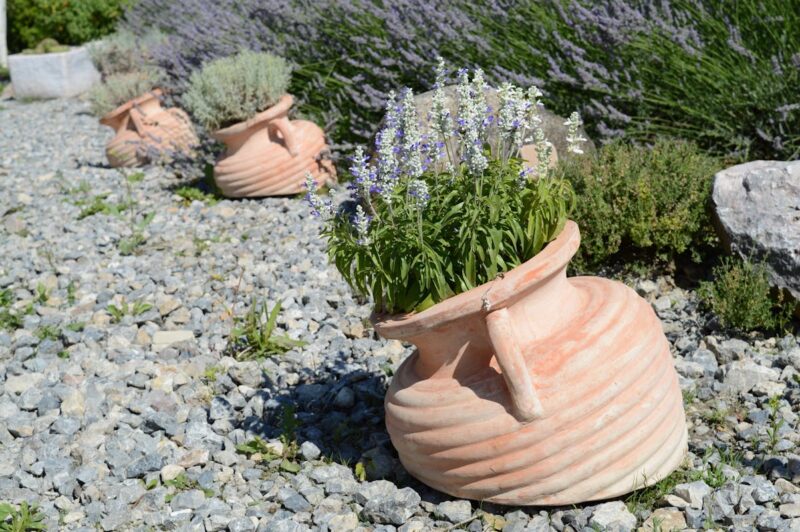
Lavenders pair wonderfully with rock gardens due to their drought tolerance and sun-loving nature. By planting lavender among stones and gravel, you mimic its natural habitat found in rocky Mediterranean landscapes, providing optimal conditions for growth.
When designing a rock garden, intersperse lavender with other drought-tolerant plants and ornamental stones that complement its hues. This design not only creates a low-maintenance area but also allows for excellent drainage and air circulation.
Alongside Pathways and Walkways
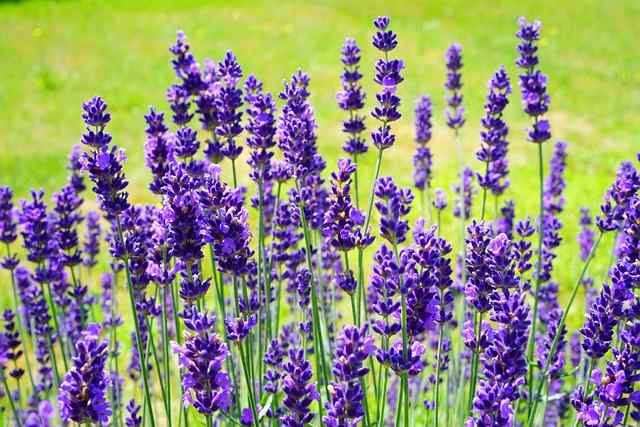
Positioning lavender along walkways or pathways is an excellent approach to enhance your outdoor experience, adding both beauty and fragrance to the journey. Planting lavender along the borders invites pleasant scents and stunning visuals as you stroll through your garden.
When placing lavender near pathways, consider the spacing that allows ample room for growth while not obstructing foot traffic. Bordering pathways with lavender is also a great way to create a vibrant and inviting focal point in your landscape.
Care Tips for Growing Lavender Successfully
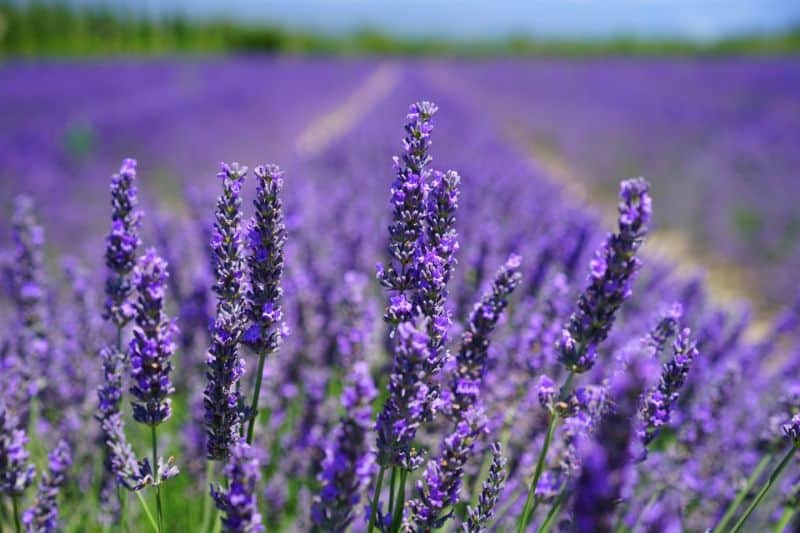
While selecting the right location is essential, proper care will ensure your lavender plants thrive.
Watering Practices
Lavender is a drought-tolerant plant once established, so it’s essential to avoid overwatering. During the first year, regular watering is necessary to establish deep roots, but after that, lavender prefers to be on the drier side. Water deeply but infrequently, allowing the soil to dry out between waterings.
Pruning and Maintenance
To promote bushy growth and more abundant blooms, it’s important to prune your lavender plants annually. The best time to prune is in the spring, just as new growth begins. Cut back about one-third of the plant, shaping it to maintain a rounded form and removing any dead or woody stems.
Fertilization
Lavender doesn’t require heavy fertilization—too much nitrogen can lead to leggy growth and fewer flowers. Instead, it benefits from a light application of a balanced fertilizer or compost in early spring.
Pest and Disease Management
Unlike many garden plants, lavender is relatively pest-resistant due to its strong fragrance. However, keep an eye out for pests like aphids or spider mites. If infestations occur, a strong stream of water or insecticidal soap can help manage these pests without harming the plants.
Protecting from Frost
In colder regions, consider mulching around your lavender plants to protect their roots during winter. If frost is a concern, cover your plants with lightweight fabric during cold snaps to offer extra protection.
Conclusion
Choosing the right location to plant lavender is essential to your gardening success. By understanding its sunlight and soil needs, climate considerations, and the various ways to incorporate it into your landscape, you can create a thriving garden oasis filled with these enchanting plants.


